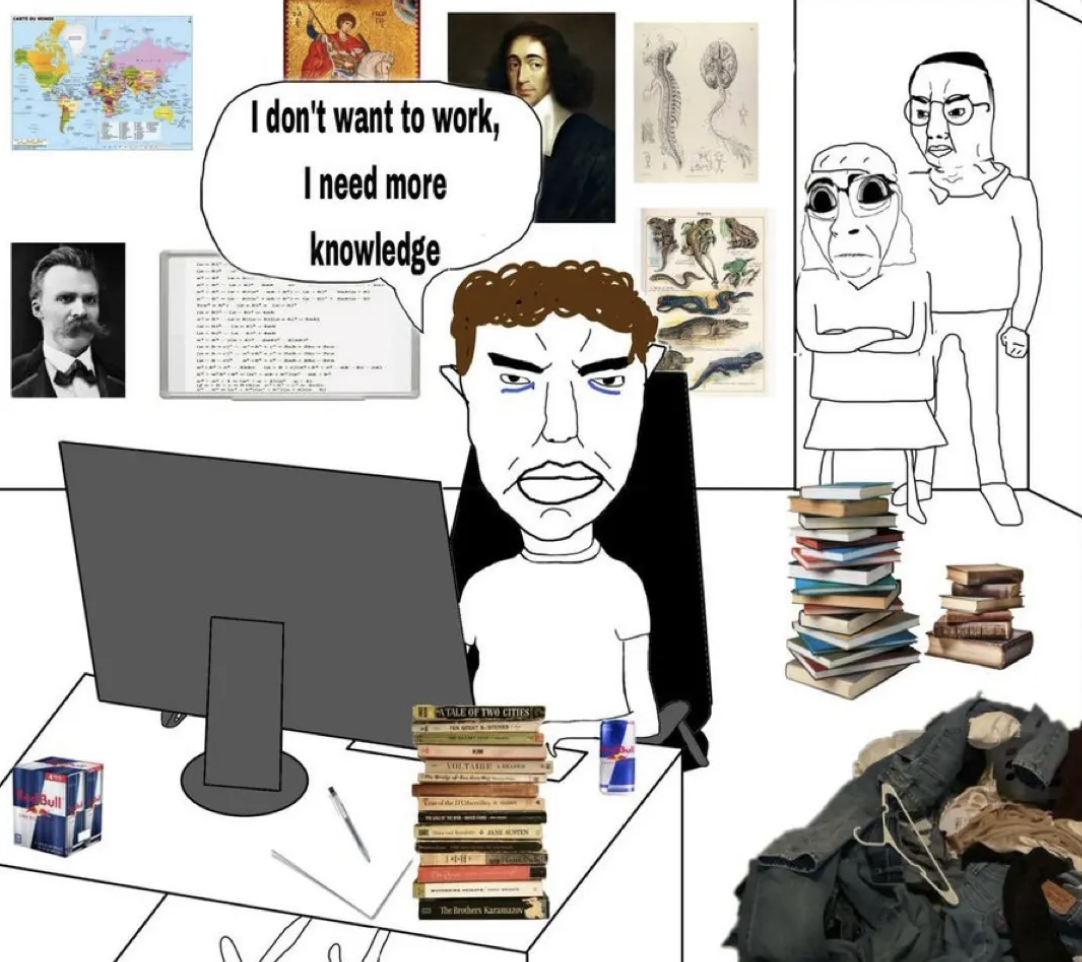The Chicago office of Cameo—the start-up that lets fans pay for shout-out videos from celebs—was lit up with energy in early 2020 (back before the whole world pivoted and org after org scrambled to build a unique remote company culture from scratch).
Back then, Cameo had all the millennial start-up trappings:
- Kombucha and cold brew on tap
- Free lunch
- Random famous people occasionally stopping by
Young designers and engineers hustled hard to grow the platform, but they’d also take breaks to hang out with co-workers during the day.
Basically, the company culture very much embodied the essence of cool, flashy start-up. It was exciting, fun, collaborative, and the ultimate goal was simply to make people really happy with personalized videos from actors, bachelor contestants, influencers, athletes, or, you know, Carole Baskin.
Riding a high-growth wave, Cameo leadership was about to sign a lease for larger offices on March 10, when headlines about a deadly virus started circulating. They held off to see what would happen.
“It was extremely fortuitous that we didn’t sign those papers,” Melanie Steinbach, Cameo’s Head of People, told me over Zoom. “I think a lot of companies that have made the decision to return to an office have done so because they have one, and if they didn’t, I don’t know if they’d make the same choice. Luckily, we were freed from the shackles of that in decision-making.”

Cameo’s Head of People on Maintaining Company Culture While Remote
Before the pandemic, Cameo had operated largely out of two headquarters, in Chicago and Los Angeles, where each of the co-founders lived, but a lot of employees were distributed elsewhere. Even though they were used to being spread out, going online completely came with the same pain points all other companies were facing during the pandemic.
Three months into the new WFH set up, CEO Steven Galanis made the decision to stay remote forever. Head of People Melanie Steinbach had been working with Cameo for a while and was hired full-time in November 2020. When she came onboard, Steinbach knew the team was never going back to the office. Her job would be to make remote work viable.
“This wasn’t a culture that had worked remotely before—we made the decision to shift based on outside forces, not internal readiness for it,” she said. “We didn’t have the infrastructure set up.”
The challenges that came with an overnight overhaul in work structure happened throughout Silicon Valley, often breeding employee burnout and tension. People often felt tired, disconnected, and frustrated by a lack of clear communication.
So Steinbach started on what felt immediately necessary:
- Training managers on how to manage people they may have never met
- Setting up better internal communications
- Creating better systems for onboarding remote workers
Aside from that, she wanted people to not lose their excitement about being part of such a quirky and fun company. Once mocked by the tech industry for being a random service most people wouldn’t use, Cameo has now gained unicorn status and proved everyone wrong.
Over the past 9 months, Steinbach and her team worked to make sure Cameo didn’t lose the personality it had in the beginning.
Cameo’s Playbook for How to Build Company Culture in a Remote Team
I sat down (virtually) to ask Steinbach specifics of how they’ve pulled off creating and preserving a successful remote company culture throughout the madness. Here are the four lessons I learned:
- Roll out the red carpet for newbies
- Make your all-hands a full production
- Provide personalized benefits
- Create unique opportunities for in-person interaction (Paula Abdul or Kenny G optional)
Remote company culture ideas: roll out the red carpet for newbies
Like a lot of start-ups, when new people first joined the office at Cameo, they’d find a few fun items waiting on their desk—whatever they’d mentioned liking during the interview process—plus some Cameo swag.
Since going remote, Cameo has taken it up a notch. Now, everyone gets
- A full office set-up (in advance of starting)
- Swag (in advance of starting)
- A personalized Cameo from a celeb
- A few welcome Cameos from team members
The idea comes from one of the company’s core values: roll out the red carpet. That goes for fan-customers, celebs, and employees.
“It’s about extreme welcoming and making everyone feel like a celebrity here.”
Remote company culture ideas: make your all-hands a full production
There’s nothing a tech company loves more than their all-hands meeting—that time of week when everyone comes together. It was always a cultural touchstone at Cameo, but remote company culture was making it lose its luster. “It had gotten stale, and monotonous,” Steinbeich said. “We were going to kill it in December.”
In a last-ditch effort, they tried to make it cool again, going all out in production value. They created a jingle and intro video to open the “show,” then showcased people from throughout the company in comedy bits, skits, fun new hire intros and weird ways to keep people engaged (once, if executives guessed a number you were thinking of, you’d have to dunk yourself with water.)
“We put our personality into it, and when we did that, we saw magic happen.”
In addition to the fun stuff, Cameo’s team also began making room for anonymous questions so anyone could speak up—especially important in a potentially-isolating remote environment.
Now, Cameo sees a 95% attendance rate and in their employee surveys people say the all-hands is what wows them more than anything.
%20copy.jpg)
Remote company culture ideas: provide personalized benefits
When the Silicon Valley office went away, so did a lot of the perks. But Cameo came through to give everyone:
- Grubhub credit in lieu of free catered lunch
- Wifi
- Cell phones
- Remote office set-ups (ring light included)
Now, Cameo is rethinking benefits entirely. “I like to cook, for example, so maybe I’d rather have that Grubhub money for something else,” Steinbach said.
No one is working the exact same way anymore, and Cameo is thinking about their employees in three buckets:
- Those who actually work from home every day
- Those with a ‘have laptop, will travel’ mindset
- Those who prefer a co-working spaces because their home situation isn’t ideal (i.e. roommates, small kids, etc).
So this fall they’re launching a revamped benefits program with Fringe, a start-up that is essentially a “benefit mall” where Cameo will give employees a set amount of money they can choose to spend on whatever they want, whether that’s a co-working space, food, massages, fitness, house cleaning, parent services, etc.

Remote company culture ideas: invest in some in-person interaction
This past summer, Cameo came together IRL for an all-company in-person retreat (before the Delta variant of COVID-19 took off). The 300+ employees descended on a hotel in Chicago for a few days of “Cameopalooza,” which had a retro reunion theme. Kenny G opened with a show, Paula Abdul judged a talent show American Idol-style, and the final party featured Vanilla Ice, while Mark McGrath and Lance Bass happened to also be around. There was a field day with sports, a BBQ, and part of the Hamilton cast even performed.
“The amount of love in the room was amazing - people had been working together on a screen for a year and a half,” she said.
It also proved that making time for meaningful in-person connections will continue to be a big part of what they’ll do, when it’s safe.
“We will be somewhat hybrid, using some of the money we save on not having an office to reinvest into amazing experiences for the team where they can come together,” Steinbach said.

Are you on a team that goes above and beyond to make company culture soar for remote employees? We’d love to hear about it. Tweet us!
Liked this article? Also check out:






